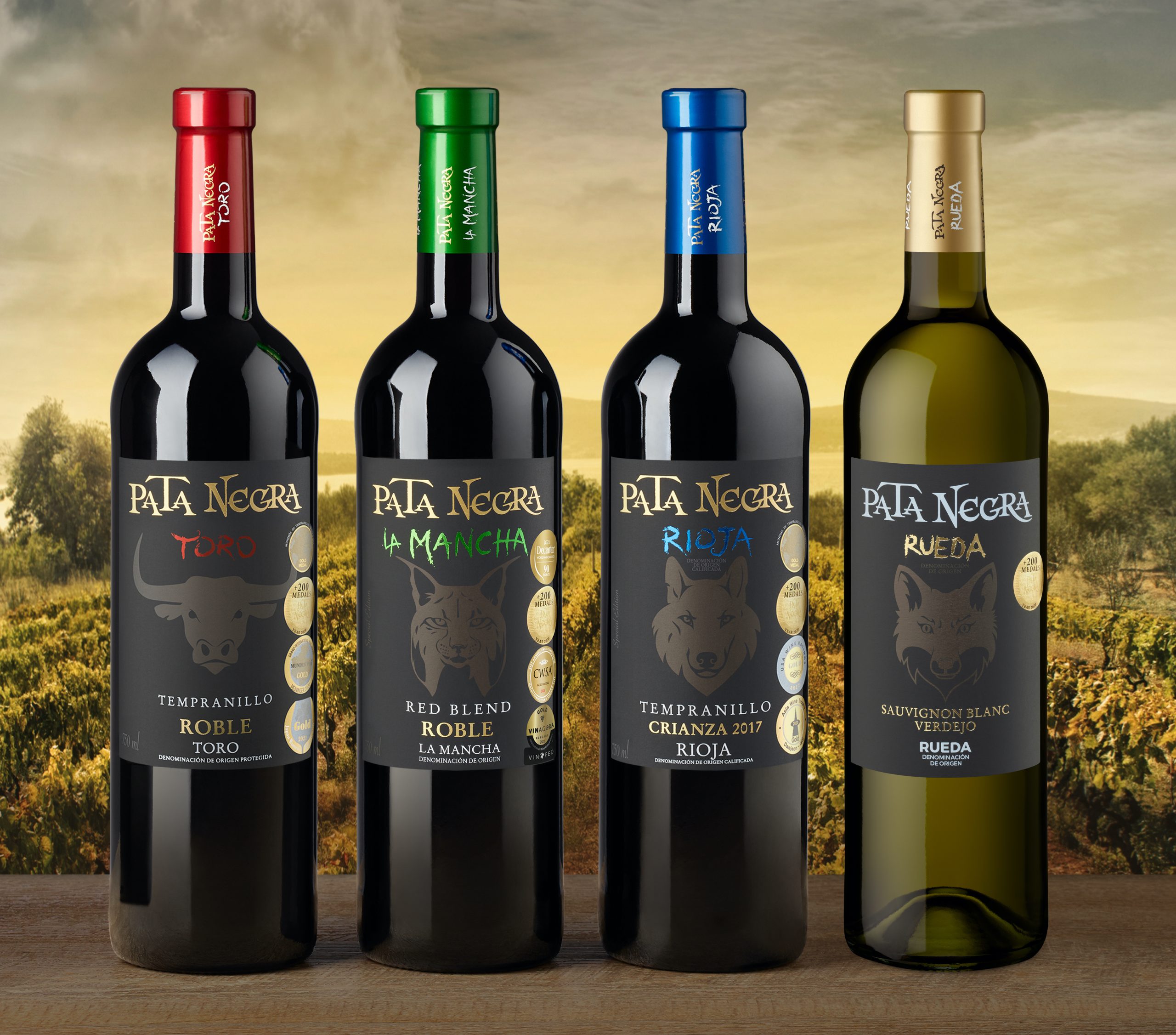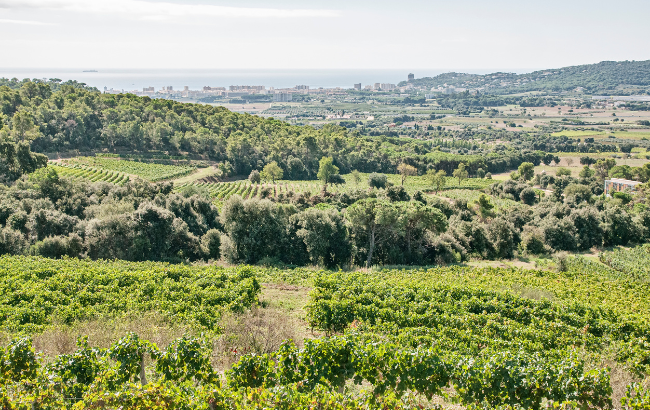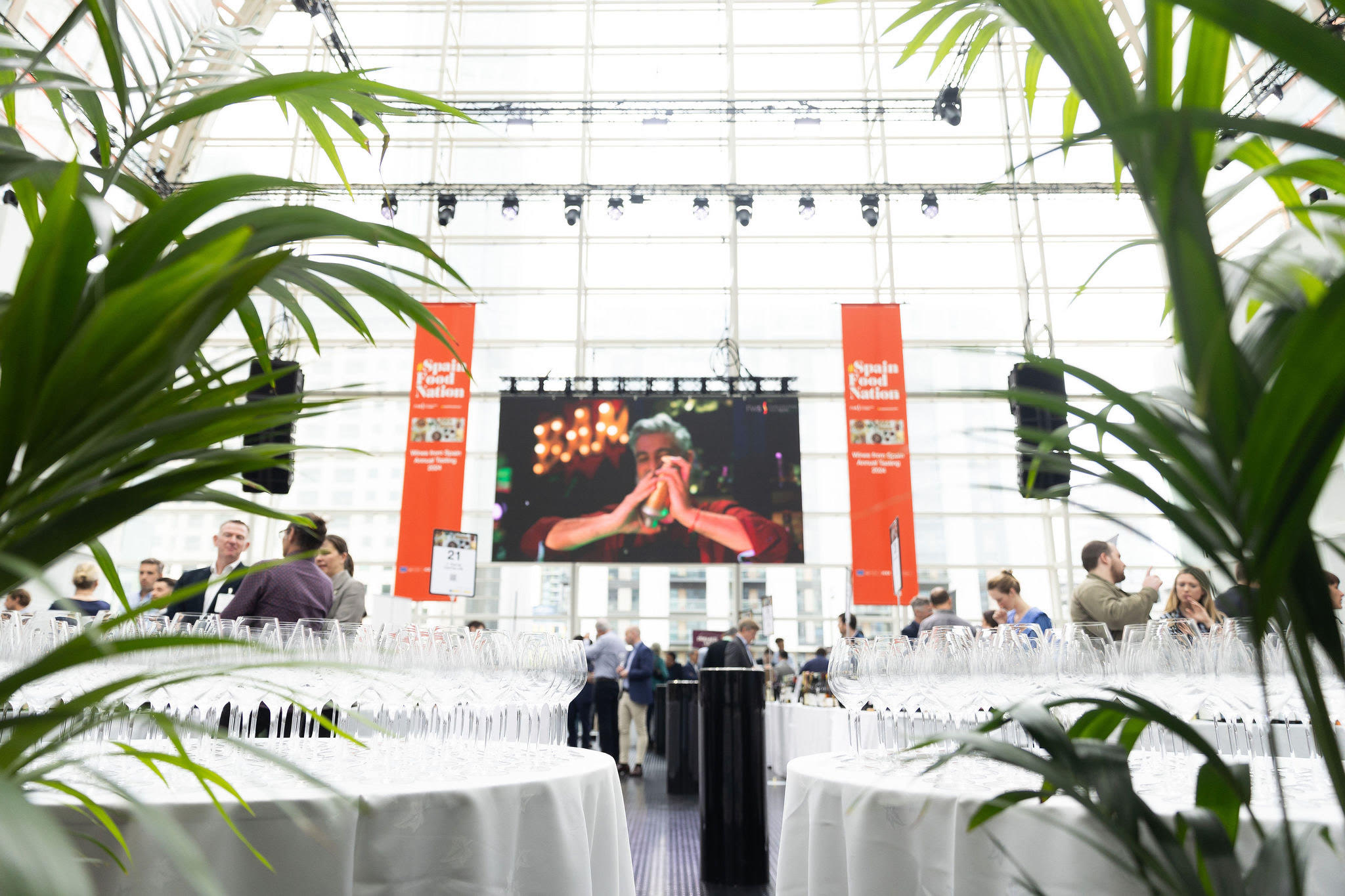Fortune Brands does the splits
By Ron EmlerNext Tuesday could be a significant date in the history of the world’s spirits industry as Beam Global receives its own listing on Wall Street.
Fortune Brands is finally doing the splits as it separates its drinks interests from its home supplies and hardware division. Many believe it could trigger a new alignment of the drinks industry.
The move was announced at the turn of the year after activist investor William Ackman had forced Fortune into a corner because of its regular underperformance. Following the announcement of the split, Fortune’s shares had put on almost 25% by mid summer, but slumped back to their pre-Christmas level as world markets crashed.
Already Ackman’s pressure has unlocked value through the US$1.2 billion sale of the golf equipment division.
However, the jewel in the crown is Beam Global Sprits & Wines, as the new company will be known. Last year it accounted for almost 75% of Fortune’s profits.
Beam Global’s chief executive, Matt Shattock, has already hinted that he wants to hit the takeover trail and analysts are speculating that a prime target could be Constellation’s Svedka vodka.
Others toy with the idea of some form of union with Bacardi, but given the fractious nature of the rum group’s family holdings, a marketing and distribution deal would be far more probable than a formal merger.
But although Shattock could probably raise at least US$500 million even in today’s difficult conditions, his first priority will be to spend his free cash on growing existing brands such as Jim Beam and Maker’s Mark bourbons, Sauza Tequila, Courvoisier Cognac and Teacher’s Scotch.
Since the beginning of last year brand marketing has been boosted by an extra $50m. In addition, a quarter of last year’s sales growth came from new products and the company wants further product innovations to swell margins, boost awareness of existing brands and attract new customers, especially in emerging markets.
Earlier this month a new flavoured bourbon was launched, as was a new version of Courvoisier. Shattock will also want to further consolidate control of Beam Global’s distribution network – it now controls about three quarters of its global sales after accounting for less than 10% only a few years ago.
But the very promise that Ackman’s pressure has unlocked and on which Shattock wishes to capitalise means the fourth-largest global spirits group could be a prime target itself. The question is could anybody take a solo tilt at the shares and how much they would have to pay.
Both Diageo and Pernod Ricard admit privately that they have “run the numbers” on Beam, but both face difficulties in going it alone with an offer.
Partner Content
Diageo already controls about a third of the US spirits market and has many overlapping brands, not least José Cuervo, the world’s leading Tequila, which it distributes.
It would love to own Cuervo (or at the very least cement the distribution rights when they run out in 18 months time). Beam’s Sauza brand would be very much a second best option.
Paul Walsh, Diageo’s forthright CEO, hints that the only brand he would want would be Jim Beam bourbon itself, but winning that would take his hold on the US spirits market to about 40%. Would that be acceptable to Washington?
For its part, Pernod Ricard has promised shareholders that its focus until next summer is to further reduce debt following the 2007 takeover of Vin & Sprit, which brought Absolut vodka into its portfolio. But both Pierre Pringuet and Gilles Bogaert, respectively CEO and finance director, have been very careful in their choice of words of late not to close the door completely on acquisitions before mid 2012.
Pringuet, for instance, has spoken of possibly making “strategic” but not “tactical” purchases. His prime target would be to fill the major hole in Pernod Ricard’s portfolio with Sauza Tequila, which he sought to capture in 2005 only to be beaten by Fortune Brands.
Both Rémy Cointreau and Davide Campari stated with their latest results in the summer that they were looking to bolster their portfolios and only last week VJ Mallya, head of India’s United Spirits, let it be known that he would be interested to look at any Beam brands that might come his way – an obvious target is Teacher’s.
Finally, what about an all-American link with Brown-Forman? As a united group would control about 70% of the bourbon market, it would take some very special pleading indeed to win approval from trade authorities in Washington and probably Brussels as well.
So with a number of interested parties looking at parts of Beam Global, a consortium break-up bid could be a runner. But who would front it, as Diageo did in the dismemberment of Seagram at the turn of the millennium and Pernod Ricard did with Allied Domecq in 2005? That is the tricky part for all involved.
Legislators don’t like faits accomplis. But the timing of a break-up offer, even if it came soon, would suit Pernod Ricard.
Once a bid had been made and the various approvals sought on both sides of the Atlantic, it would be next summer at the earliest before a deal could be consummated. So it could keep its promise to reduce debt further and then be a player in the game to dismember Beam.
Certainly Beam Global is central to the next round of global consolidation in the spirits market. It will be a biter or be bitten. Either way, shareholders will thank Ackman. Analysts have put a price tag of about US$9bn on Beam Global – that is more than US$500m more than the entire Fortune Brands was worth last night.




